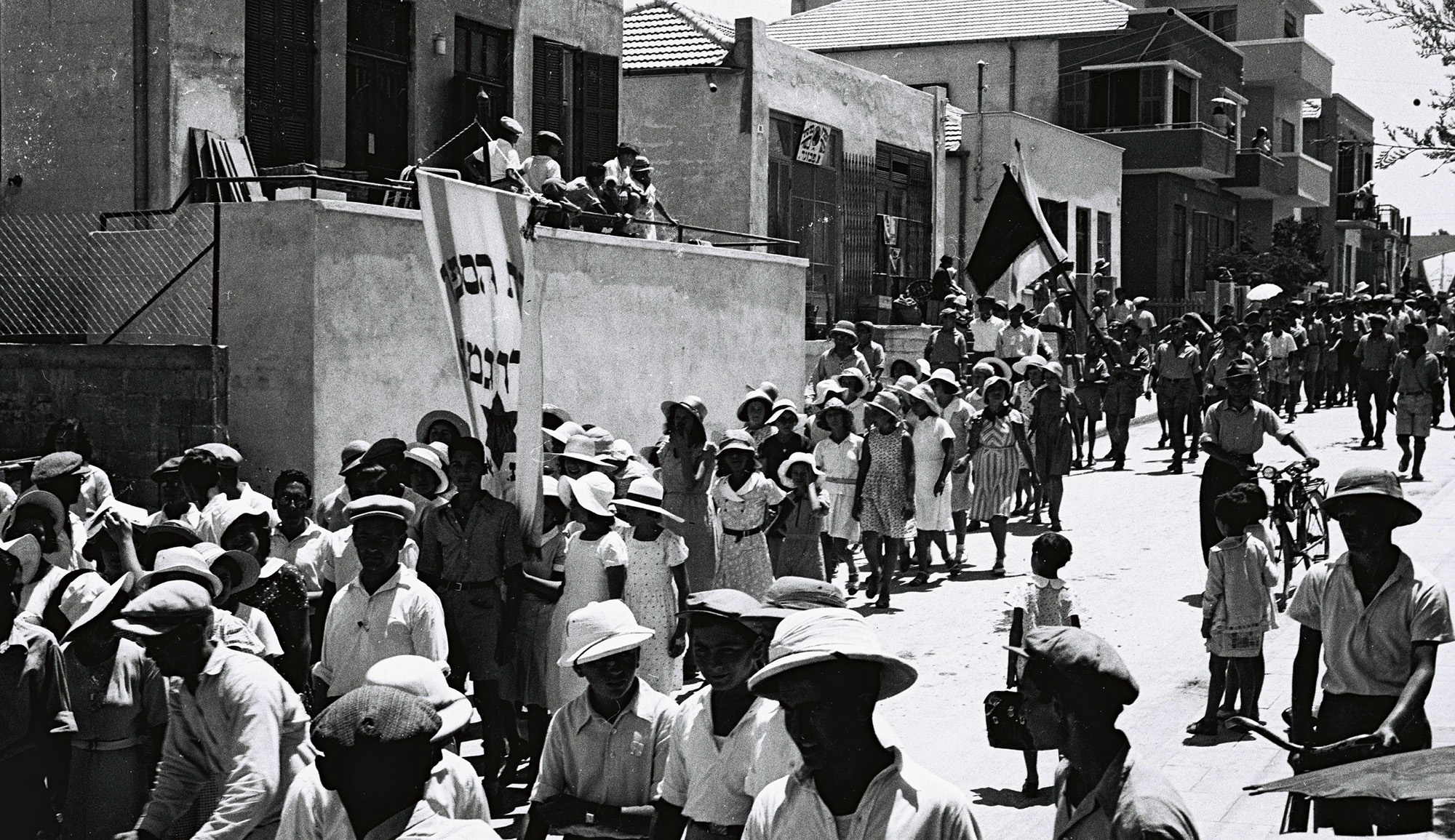Originating at the time of the Jewish return to the Land of Israel from Babylonian exile in the 5th century BCE, the Samaritans accepted the Pentateuch while rejecting the other books of the Hebrew Bible along with the rabbinic tradition. Fewer than 1,000 Samaritans live in Israel today, but in the first centuries of the Common Era they likely made up a sizable minority of the land’s population. Recently, writes Ruth Schuster, archaeologists discovered the remnants of a winepress near the town of Tsur Natan in central Israel that apparently belonged to a wealthy Samaritan landlord named Adios:
The finds have been dated to the early 5th century CE, when the Samaritan community in the Holy Land was at its peak. We know the winepress the archaeologists found was Adios’, . . . and that he had done very well for himself, because of a mosaic on the winepress floor. The mosaic is about eight by three feet in area, and although its lettering is a tad crude, it clearly says: “Only God help the beautiful property of Master Adios, amen.” The inscription, in Greek, was deciphered and translated by Leah Di Segni of the Hebrew University in Jerusalem.
“‘Master’ was an honorific given to senior members of the community and attests to the high social standing of the owners of the estate,” says Hagit Torge, the director of the salvage excavation on behalf of the Israel Antiquities Authority. . . .
Previously, an ancient Samaritan synagogue was found atop Tel Tsur Natan. The excavation does not encompass the hilltop, which is where Adios probably lived. . .
[B]ut the heyday of the Samaritans was nearing its end. Upset at efforts to convert them, in the 6th century the Samaritans revolted against the early Christian rulers. . . . According to the Samaritans, they rebelled when Caesar Zeno, who ruled from 474 to 491 (with a hiatus in the middle) ordered their conversion to Christianity, killed many of their leaders when they refused, converted their synagogue into a church, and built on their sacred Mount Gerizim. Other sources say Zeno cracked down only after the Samaritans rebelled.
More about: Ancient Israel, Archaeology, Byzantine Empire, History & Ideas, Samaritans


